The Rover Doctor is in: The Anatomy of a NASA Human Exploration Rover Challenge Rover
Exploration and inspiration collide head-on in our Human Exploration Rover Challenge held near Marshall Space Flight Center in Huntsville, Alabama, each April. The annual competition challenges student teams from around the world to design, build and drive a human-powered rover over a punishing half-mile course with tasks and obstacles similar to what our astronauts will likely have on missions to the Moon, Mars and beyond.

The anatomy of the rover is crucial to success. Take a look at a few of the vital systems your rover will need to survive the challenge!
The Chassis
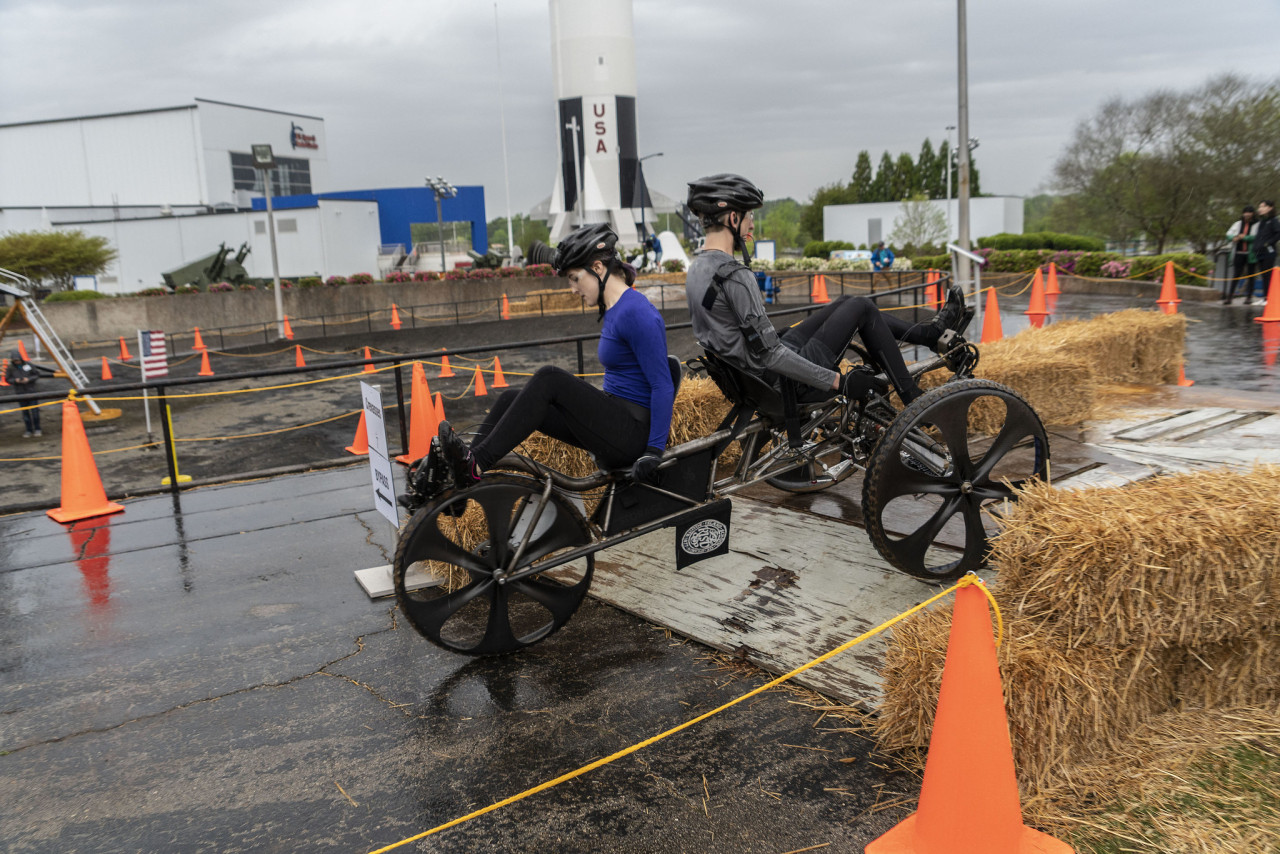
A rover’s chassis is its skeleton and serves as the framework that all of the other rover systems attach to. The design of that skeleton incorporates many factors: How will your steering and braking work? Will your drivers sit beside each other, front-to-back or will they be offset? How high should they sit? How many wheels will your rover have? All of those decisions dictate the design of your rover’s chassis.
Wheels

Speaking of wheels, what will yours look like? The Rover Challenge course features slick surfaces, soft dunes, rocky craters and steep hills – meaning your custom-designed wheels must be capable of handling diverse landscapes, just as they would on the Moon and Mars. Carefully cut wood and cardboard, hammer-formed metal and even 3-D printed polymers have all traversed the course in past competitions.
Drivetrain
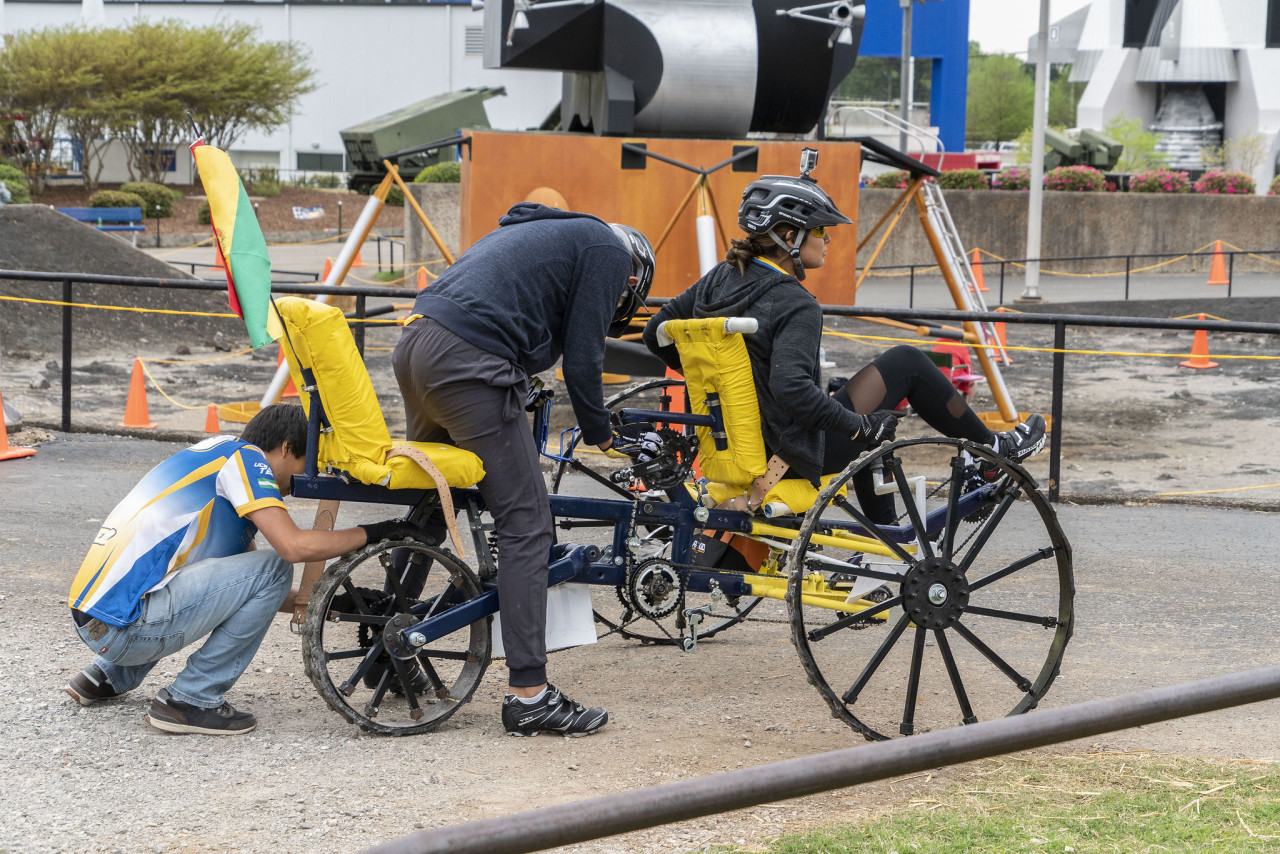
You’ve got your chassis design. Your wheels are good to go. Now you have to have a system to transfer the energy from your drivers to the wheels – the drivetrain. A good drivetrain will help ensure your rover crosses the finish line under the 8-minute time limit. Teams are encouraged to innovate and think outside the traditional bike chain-based systems that are often used and often fail. Exploration of the Moon and Mars will require new, robust designs to explore their surfaces. New ratchet systems and geared drivetrains explored the Rover Challenge course in 2019.
Colors and Gear
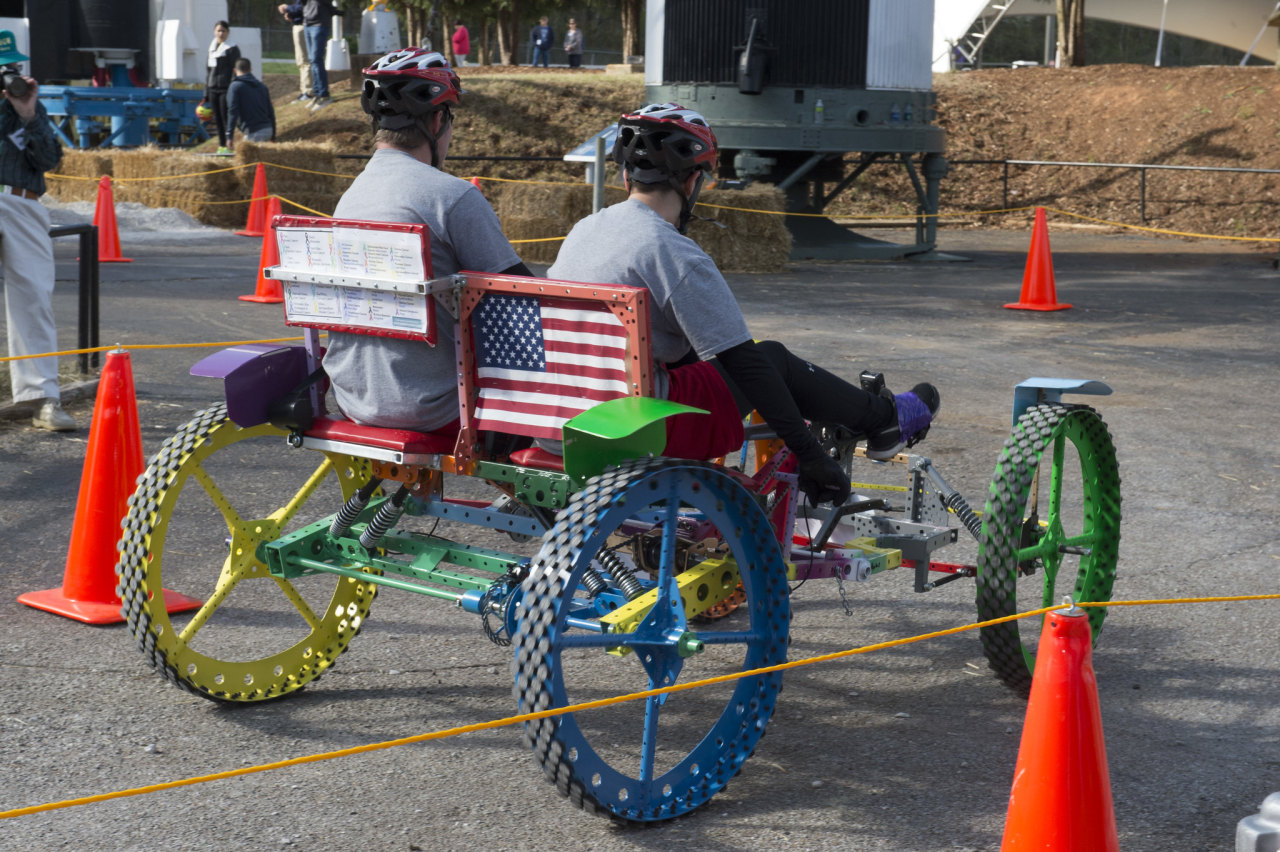
Every good rover needs a cool look. Whether you paint it your school colors, fly your country’s flag or decorate it to support those fighting cancer (Lima High School, above, was inspired by those fighting cancer), your rover and your uniform help tell your story to all those watching and cheering you on. Have fun with it!
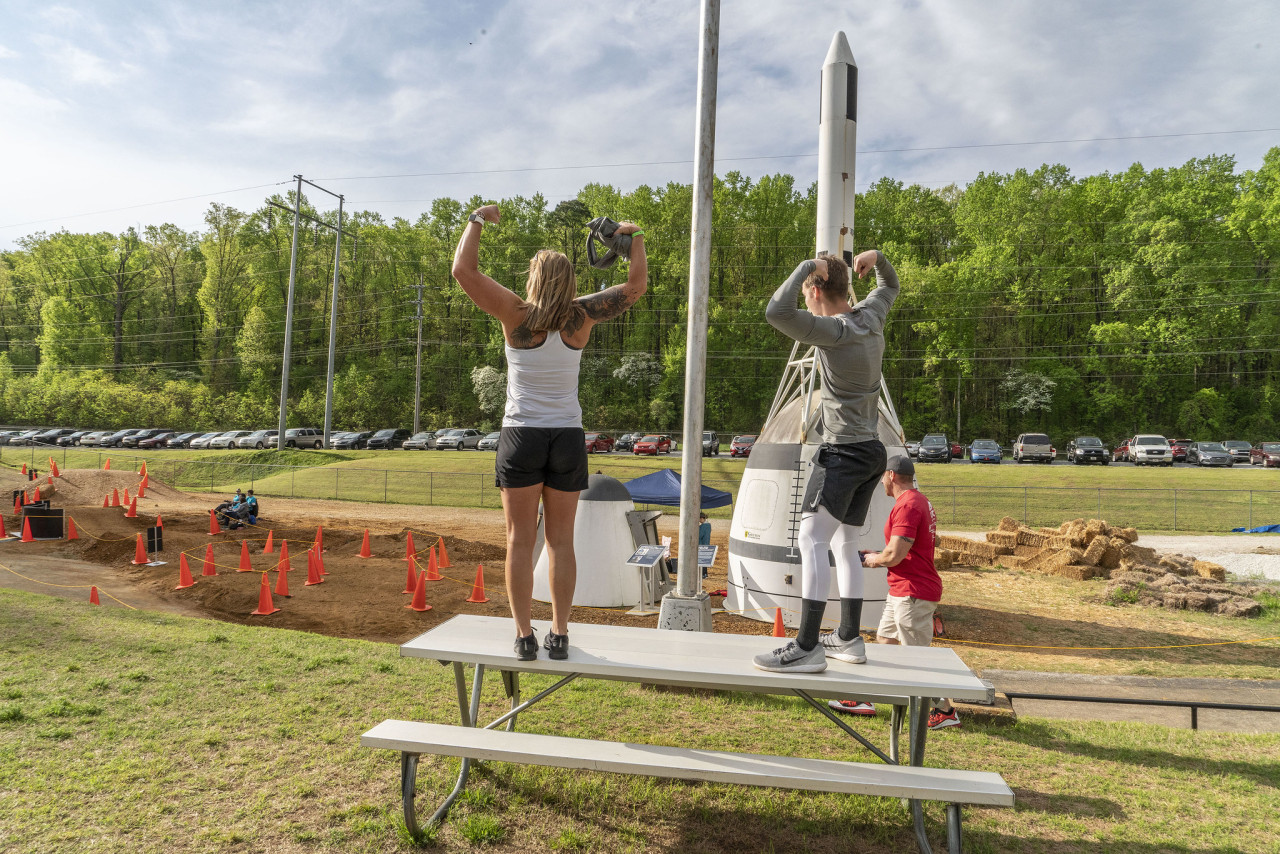
Are you ready to conquer the Rover Challenge course? Join us in Huntsville this spring! Rover Challenge registration is open until January 16, 2020 for teams based in the United States.
If building rovers isn’t your space jam, we have other Artemis Challenges that allow you to be a part of the NASA team – check them out here.
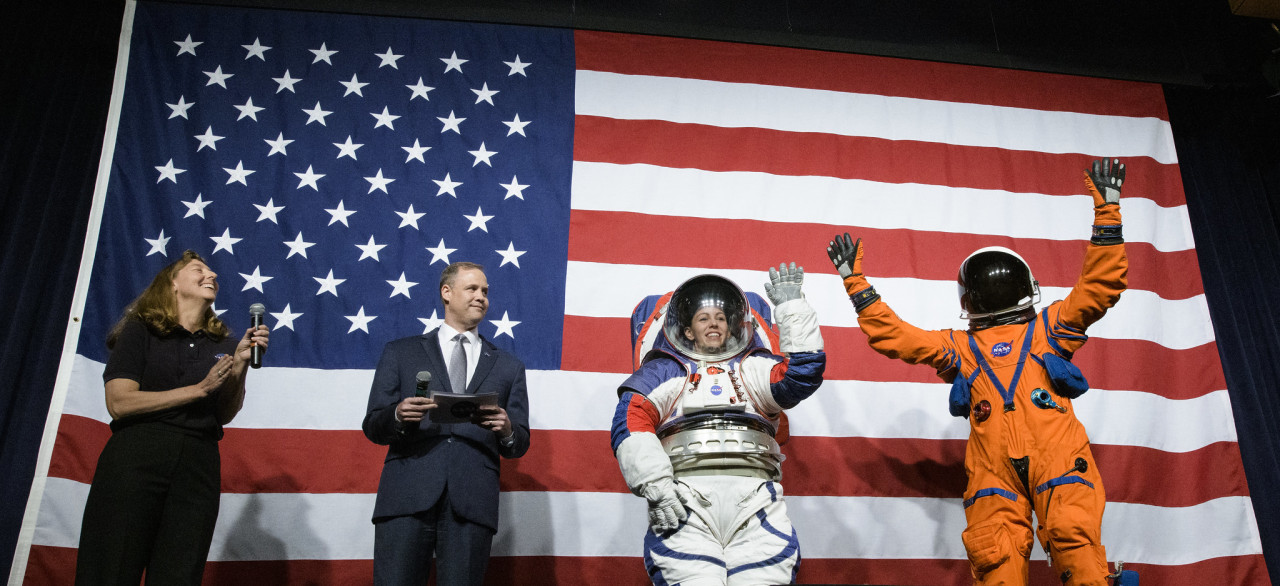
Want to learn about our Artemis program that will land the first woman and next man on the Moon by 2024? Go here to read about how NASA, academia and industry and international partners will use innovative technologies to explore more of the lunar surface than ever before. Through collaborations with our commercial, international and academic partners, we will establish sustainable lunar exploration by 2028, using what we learn to take astronauts to Mars.
The students competing in our Human Exploration Rover Challenge are paramount to that exploration and will play a vital role in helping NASA and all of humanity explore space like we’ve never done before!
Make sure to follow us on Tumblr for your regular dose of space: http://nasa.tumblr.com
